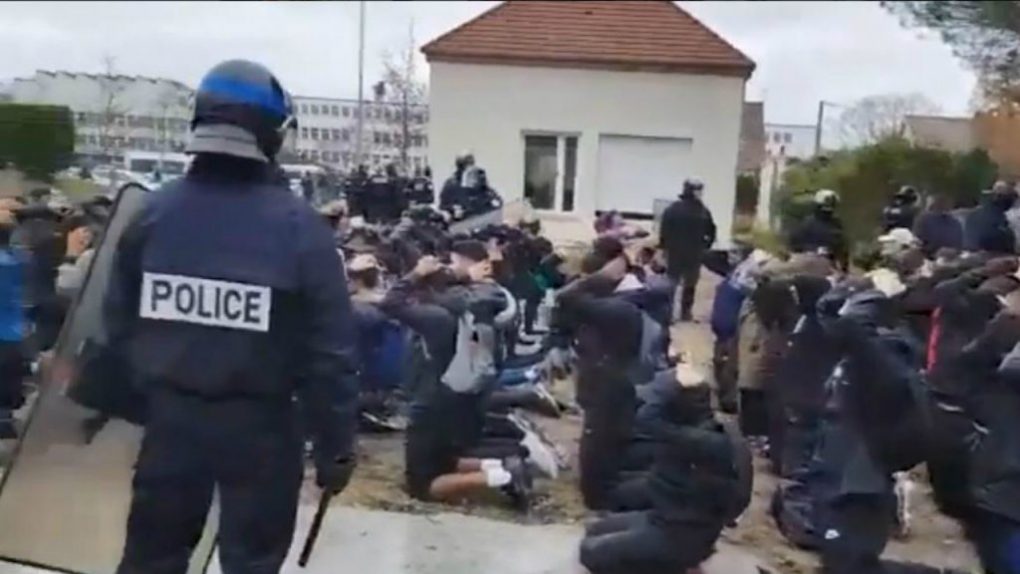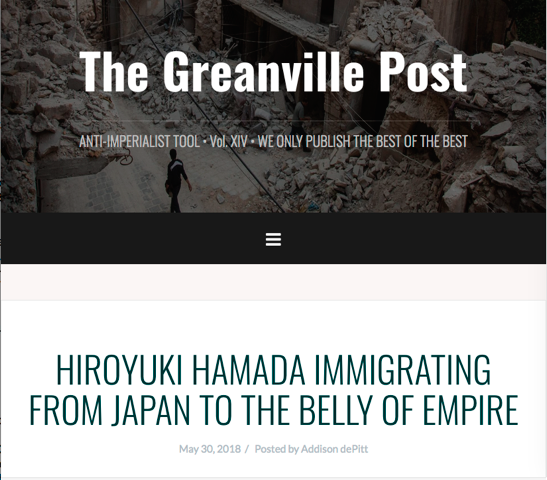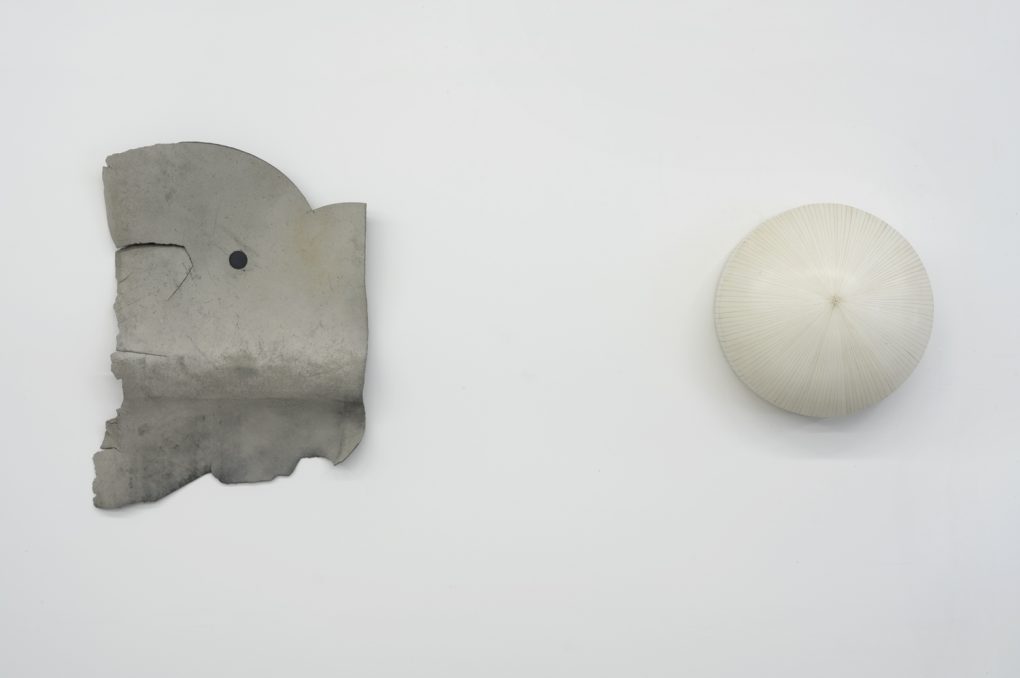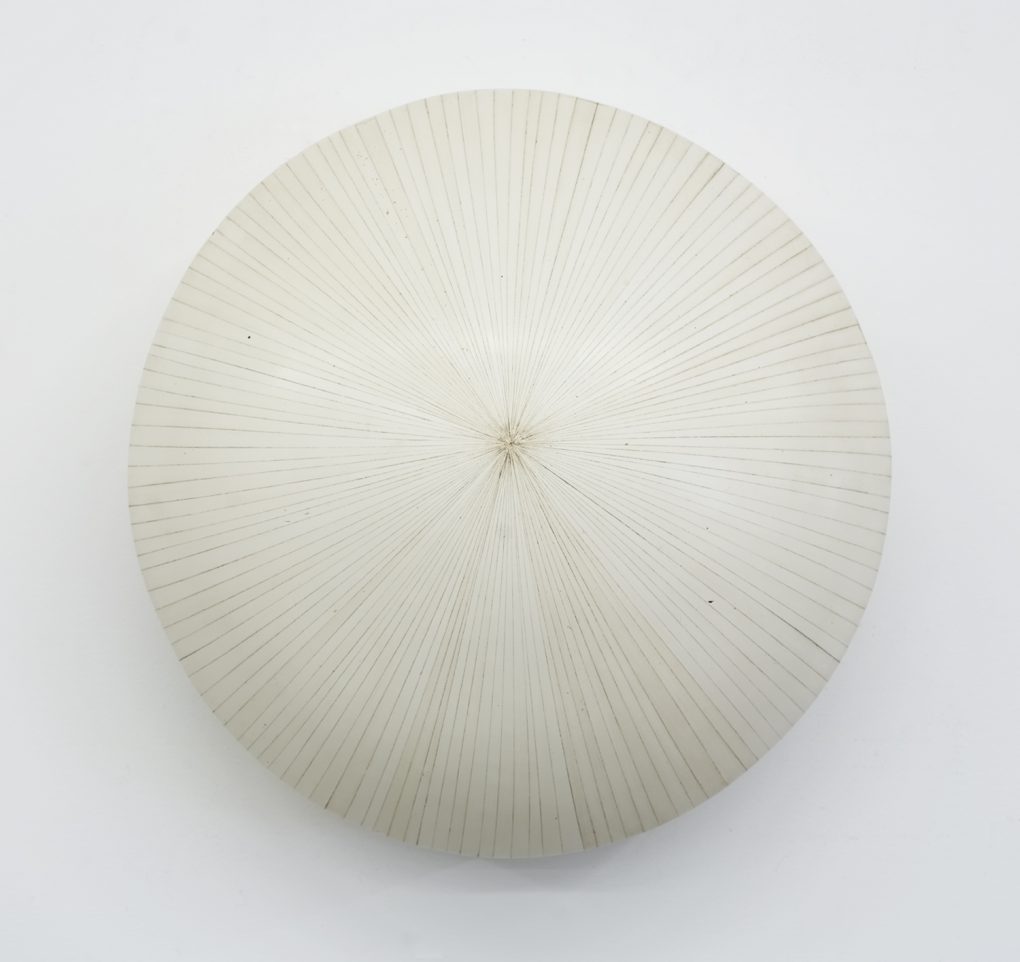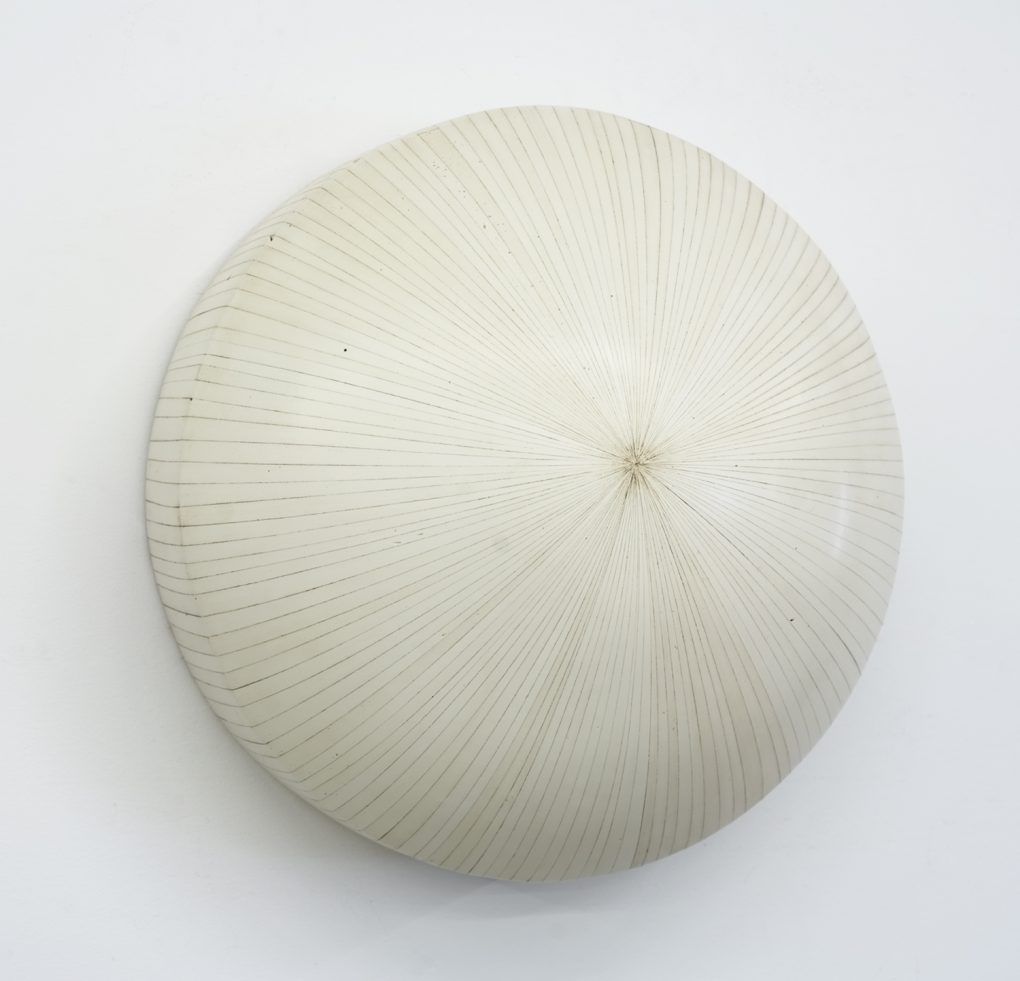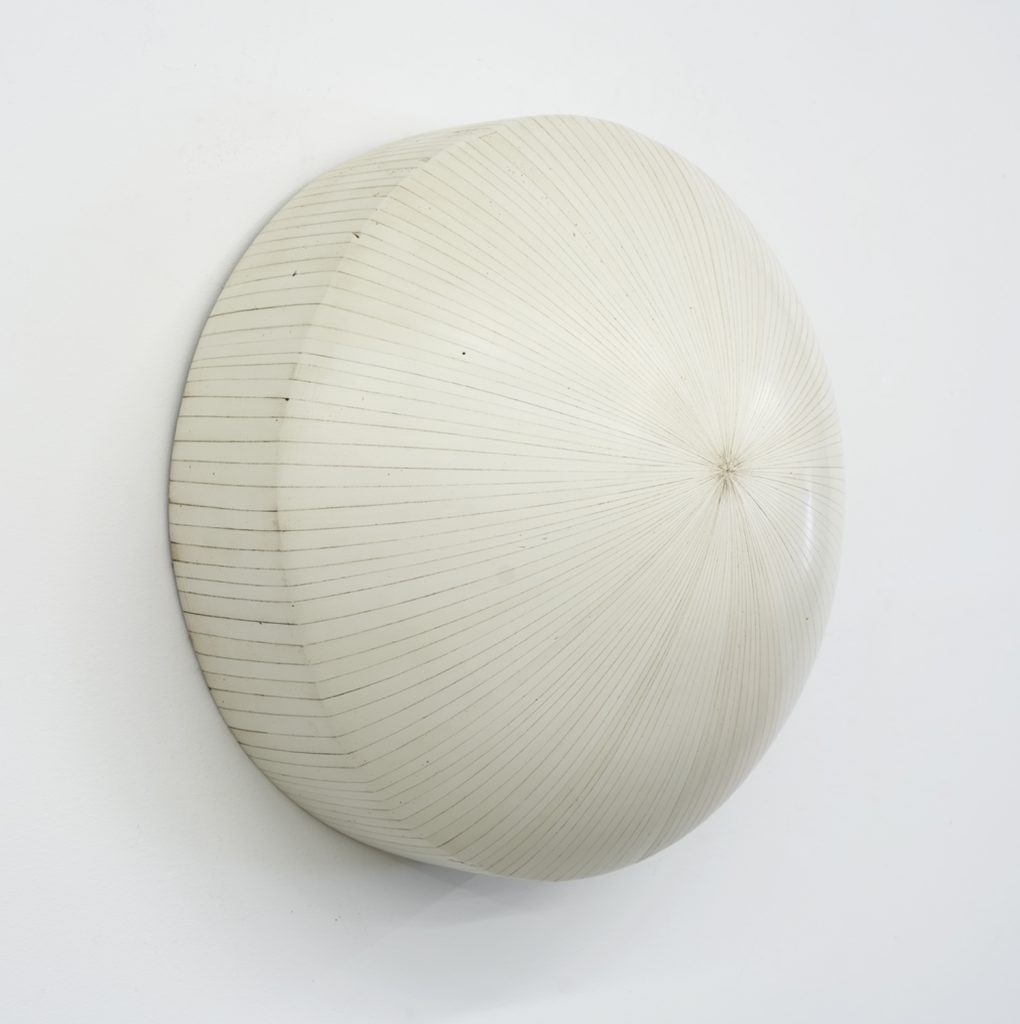-
Where do we stand to stand for humanity?
The image of French children with their hands behind their heads kneeling before heavily armed military police compellingly signifies the mechanism of capitalism.
Children are our future. Their courageous burst of humanity against injustice, exploitation and subjugation is a bright hope of our future. The system brutally mutilates it off of children with a sheer force of violence as they push them into an imperial cage of corporatism, colonialism and militarism.
The savagery of this act signifies the whole scheme as a domestication of humanity in harvesting profits off of the people.
The global capitalist hierarchy of brutality is facing itself as it relies on fear to maintain “democracy”, “freedom” and “humanity” within the cage. They were once head-chopping colonizers in Algeria. They destroyed Libya in a brutal armed robbery, massacring countless innocent people. As they fail to destroy Syria, the self-destructive momentum of contradictions and hypocrisy viciously assaults its own people.
We the artist face the dilemma of expressing what it is to be humans while firmly being stuck in the framework of corporatism, colonialism and militarism. We all struggle to find our own balance to stand in this precarious time. For all of you who struggle, I would like to say that you are not alone and I thank you for your struggle.
-
Hiroyuki Hamada Immigrating from Japan to the Belly of Empire
I had an opportunity to talk about being an immigrant, Japan, our society, politics and so on with Jeff J Brown. I think the interview turned out to be a very good one. I got to talk about making art as well.
Here is an excerpt:
“I think corporal punishment given to school kids when I was growing up in Japan taught me how a hierarchical order can be maintained for the sake of having the order. The resulting order can operate without meeting the needs and desires of subject populations, sort of like schools or prisons. And capitalist society also maintains itself by economic punishment. What’s prominent about an order maintained by fear, threats, violence and so on, is that it forms itself regardless of each individual’s intrinsic connection to self, to others, to communities, to nature and so on. It is a way to form a social structure, but it is also an effective way to detach subject populations from their true human nature. This is a crucial step in commodifying basic human rights to be turned into profit. This is why capitalism is so effective in forming and perpetuating a hierarchical order while dehumanizing the population drastically, without even their knowledge. I think we as a species should be able to do better than that. The survival of our species depends on it, I think.
Also, the art making process has taught me that in order to come up with a profound solution for a given work, one needs a certain amount of humility, ability to observe elements, openness to accept change, willingness to trust, accept unknown elements, patience to learn the systematic mechanism and so on. These conditions often contradict each other, and they push and pull each other in the process, however, the key to grasping a working mechanism is to understand how the elements act according to their intrinsic characters and their guiding rules. They do not come to a profound formation according to the punitive measures of a master mind. I mean, I can just chop up my canvas and sell them as materials, but that would not realize the potential of the elements. So, what I sense is that we need to incorporate that sort of building process in our society, which truly accounts for the needs of the people, in order to go beyond the neo-feudal hierarchy of exploitation and subjugation. The harmonious whole, with its meaningful mechanism to move our beings does not result from an authoritative coercion. Having honest dialogues with facts placed in objective historical contexts can be a good start for us, I believe. As an artist I can feel that there would be profound results waiting for us.”
HIROYUKI HAMADA IMMIGRATING FROM JAPAN TO THE BELLY OF EMPIRE
-
What Do We the Artists do?
I made this piece around the year 2000. Things were much simpler for me back then. The only thing that guided me was the momentum of my studio practice–like an explorer, I searched, was mesmerized and was content with newly found visual-scapes. The world–the human world–seemed like an extension of the great oceans and lands with its harmony and order. If I did have to justify my motive, perhaps I felt responsible for the path that saved my life from self-destructive anger and sadness. I didn’t feel the responsibilities arising from being a parent, a grown-up, an artist and a human back then. But the pain of life that squeezed my young self never really went away.
What it is to live? When one decides to be a constructive force for our species, for our fellow creatures and for the environment, what can artists do? When our efforts are harvested to decorate power and authority, and when our efforts are used as currency to protect the hierarchy of money and violence, how do we assert our roles to be human and to show what it is to be human?
Getting back to the piece, shortly after it was made, I gave it to my wife in exchange for her grandmother’s ring, which she loved. In turn, I gave the ring to her as a wedding ring. The piece has been put away for a while, but my wife wanted to see it next to one of my new pieces, so here they are.
#83, 33 x 24 x 3 inches, found object and resin, 2014-18
#30, 18″ diameter x 8″, enamel, plaster, resin, tar and wax, 2000
